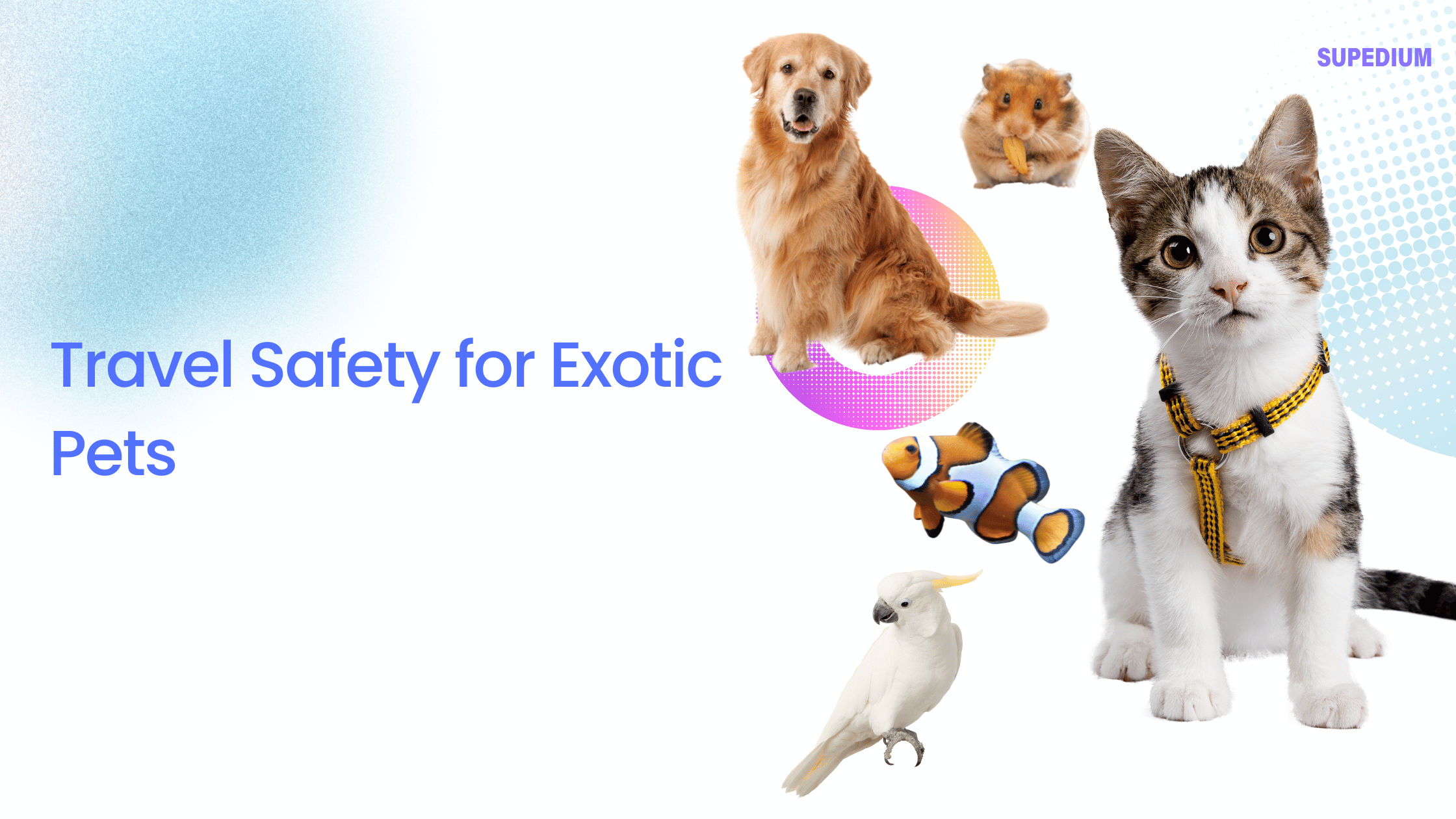Table of Contents
![]()
Introduction
As pet owners, we want to provide our furry friends with the best care possible. Play and enrichment are essential aspects of pet well-being, fostering both physical and mental health. Engaging in activities that stimulate your pet’s mind and body can prevent behavioral issues and enhance their quality of life. One of the most enjoyable and rewarding ways to achieve this is by creating DIY toys tailored to your pet’s needs. Not only are these toys cost-effective, but they also allow for customization, ensuring that each creation is unique to your pet’s preferences. Furthermore, many DIY options are sustainable and eco-friendly, using materials you may already have at home.
In this article, we’ll explore various DIY pet toy ideas for different types of pets and share enrichment activities that can help keep them engaged.
Understanding Your Pet’s Needs
Different Types of Pets
Understanding your pet’s unique needs is crucial for effective enrichment. Dogs, cats, and small animals like rabbits and guinea pigs all have different play styles and requirements.
Considerations for Age, Size, and Activity Level
When designing toys or activities, consider your pet’s age, size, and energy level. Puppies and kittens often require more vigorous stimulation, while older pets may prefer gentler activities. Additionally, a small breed dog might need different toys than a larger breed.
Importance of Mental and Physical Stimulation
Engaging pets in stimulating activities helps to alleviate boredom and stress, promoting a happier and healthier life. Regular mental and physical exercise can also prevent behavioral problems, such as chewing or excessive barking.
DIY Pet Toy Ideas
Toys for Dogs
- Tug Toys
- Materials: Old t-shirts or rope.
- Instructions: Cut the t-shirts into long strips and braid them together, tying knots at both ends to secure. For rope toys, simply tie knots in thick rope to create a durable tug toy.
- Fetch Toys
- Materials: Tennis balls, socks, or fabric.
- Instructions: If using a tennis ball, cut a small slit and insert a squeaker. You can also create a soft fetch toy by stuffing a sock with other fabric scraps and tying it off.
- Puzzle Toys
- Materials: Muffin tins and tennis balls.
- Instructions: Place treats in the muffin tin and cover them with tennis balls. Your dog will have to figure out how to remove the balls to access the treats.
Toys for Cats
- Interactive Toys
- Materials: Cardboard boxes, paper balls.
- Instructions: Create a maze from cardboard boxes or crumple paper into balls for your cat to bat around. You can also hide treats in the boxes to encourage exploration.
- Fishing Pole Toy
- Materials: String, sticks, feathers.
- Instructions: Tie a piece of string to a stick and attach feathers at the end. Use it to mimic the movement of prey, enticing your cat to chase.
- Catnip Toys
- Materials: Fabric, catnip.
- Instructions: Cut fabric into small squares, fill them with catnip, and sew them shut to create soft catnip toys.
Toys for Small Animals (Rabbits, Guinea Pigs, etc.)
- Chew Toys
- Materials: Untreated wood, hay.
- Instructions: Create wooden blocks or sticks for your small animals to chew on. Ensure all materials are pet-safe.
- Foraging Toys
- Materials: Paper towel rolls, hay.
- Instructions: Stuff a paper towel roll with hay and treats, encouraging your pet to forage for the hidden goodies.
- Tunnel Toys
- Materials: Cardboard boxes or fabric.
- Instructions: Cut and assemble cardboard boxes into tunnels, or sew fabric into tunnel shapes for exploration and hide-and-seek games.
Enrichment Ideas
Environmental Enrichment
- Creating a Play Area
- Design a safe and engaging space for your pet, incorporating various textures, climbing options, and hiding spots to explore.
- Sensory Enrichment
- Use scents, sounds, and textures to stimulate your pet’s senses. For example, create scent trails using treats or use safe household items that produce interesting sounds.
Training and Interactive Activities
- Basic Training Games
- Teach simple commands and tricks to encourage mental stimulation. Use your DIY toys as rewards to reinforce positive behavior.
- Hide and Seek
- Play games that involve hiding treats or toys around the house, encouraging your pet to use their sense of smell and problem-solving skills to find them.
Safety Considerations
When creating DIY toys, it’s crucial to prioritize safety:
- Choosing Safe Materials: Always opt for non-toxic materials. Avoid items that can break into small pieces or contain harmful substances.
- Regularly Inspecting Toys: Check your DIY toys for wear and tear, and replace them if they become damaged.
- Supervision During Playtime: Keep an eye on your pets while they play with new toys to ensure they are safe.
Conclusion
Creating DIY pet toys and engaging in enrichment activities can significantly enhance your pet’s quality of life. Not only do these projects foster creativity and bonding between you and your pet, but they also promote physical and mental well-being. So gather some materials, unleash your creativity, and enjoy the process of making toys that cater specifically to your pet’s preferences. Join the community of pet owners who are discovering the joys of DIY, and feel free to share your creations and experiences!
Share This




Be the first to comment